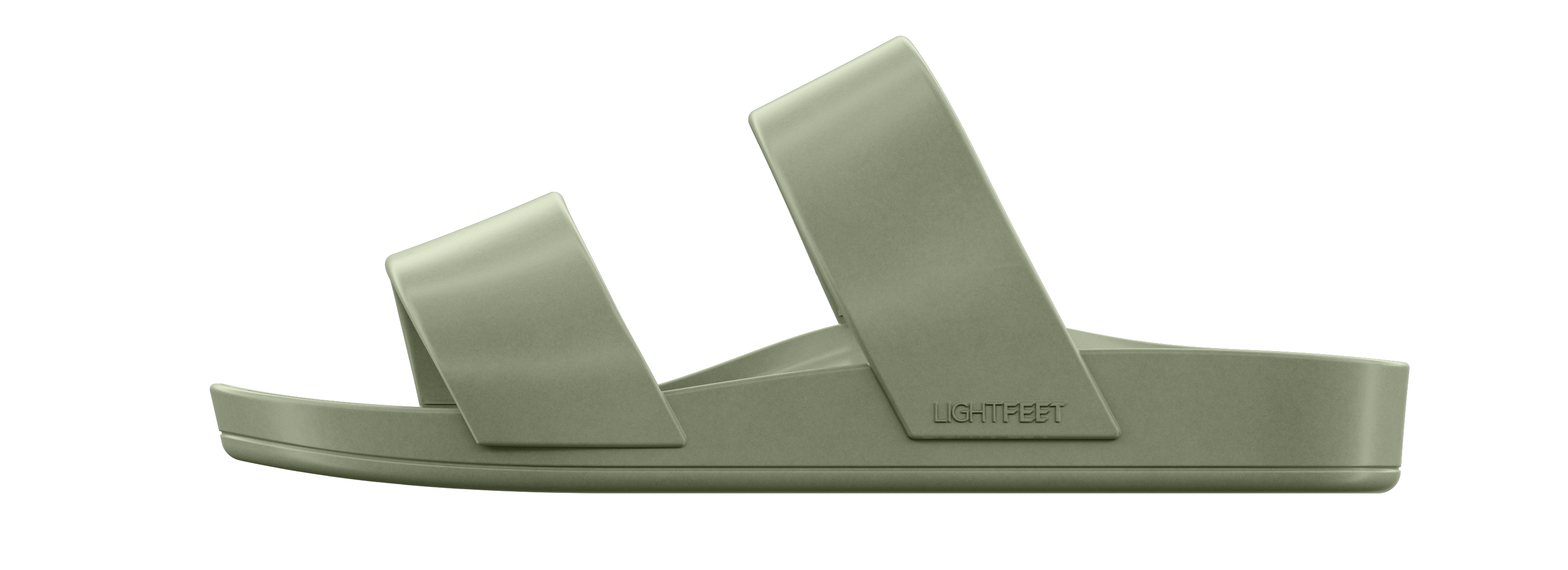ArchViz
I’ve been lucky to work on such a wide array of different concepts and designs, allowing me to develop a rich skillset for modeling, lighting and material/shader work.
Further more, it’s given me a visual understanding of all scales of artwork, something that’s gifted a deep appreciation for the public art aesthetic.




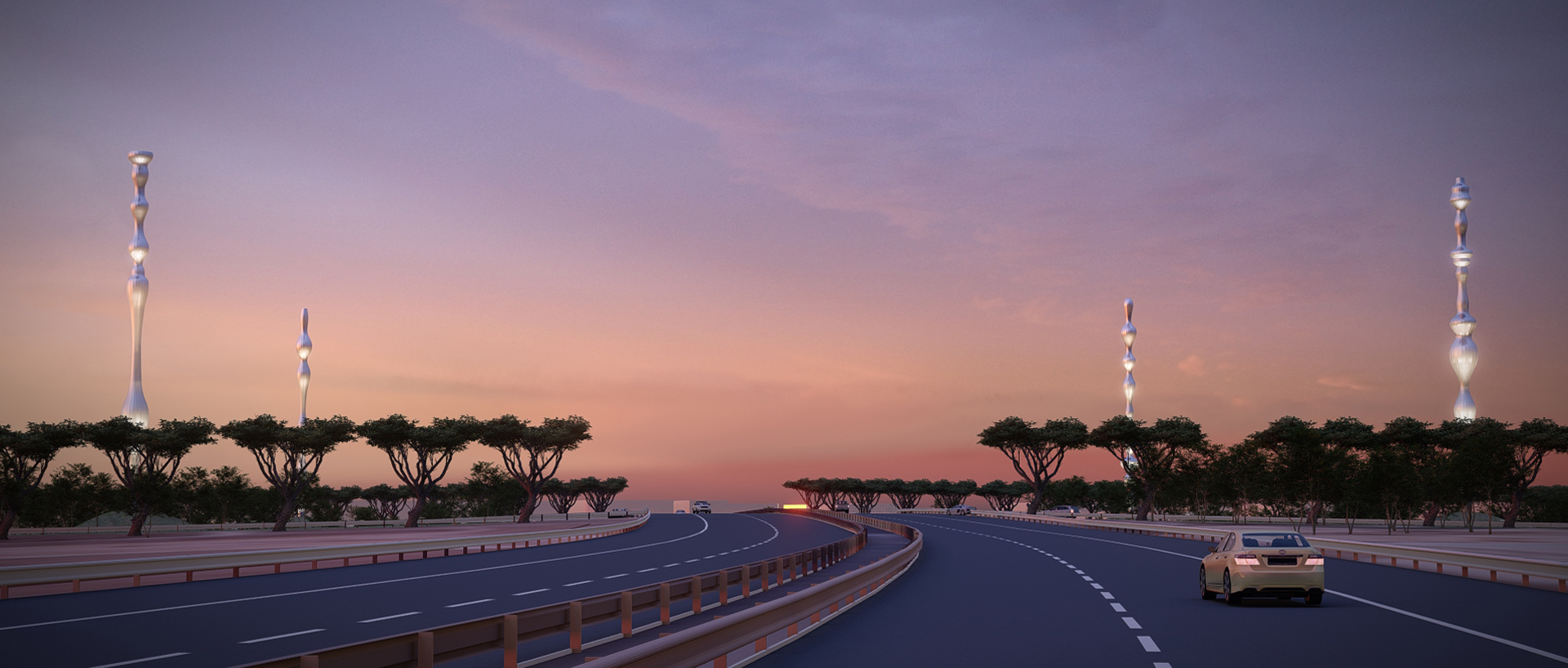


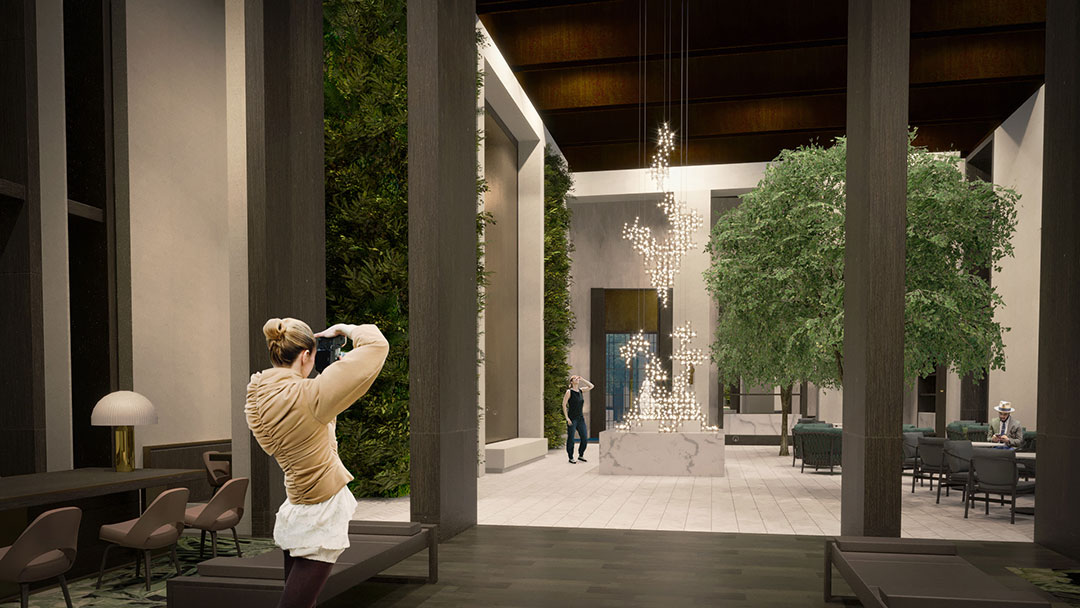










ArtViz
I’ve always loved the collaborative process with other creatives, from figuring out the 3d modelling approach, to developing a design language for quick iterative concept changes.
With advancements in visualization, a 3d artist needs to be adaptable and always willing to learn new technology and tools. This has always been an aspect of the job I’ve enjoyed.
Things I’ve learnt:
*Rarely will there be time/money to achieve perfection, so plan accordingly.
*Revisions, always revisions.
*Whenever stuck with a problem, describing it to someone else usually brings forward a thread of a solution.
*The ability to problem solve and reassess your methods constantly will save you in the long run.
*Productivity drops after about 6h of straight working. Take a break and get some sun.




















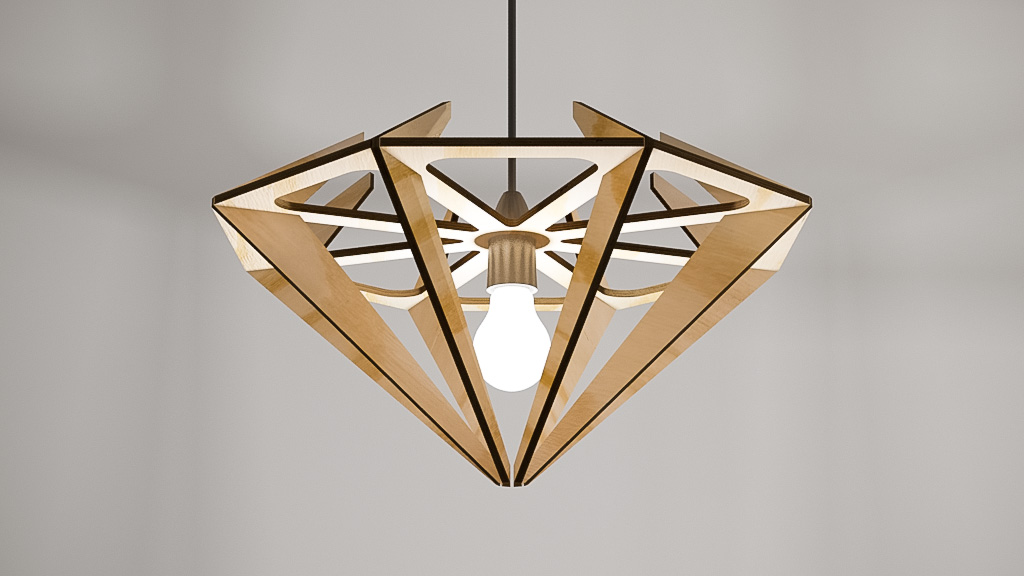


Digitization of an Artwork, remotely
I requested for Tom to take pictures and video of the artwork being put together, instead of the maquette being shipped to me. I used the images to generate a 3d scan of the model as a reference, then built a CAD model over it.
The videos were then used as a guide to figure out the sequence in which each part would be installed. Due to the complexity of the design, this process was very important to get right, as the artwork would not be able to be put together.
This is the first time I’ve attempted working like this, and I can see myself encouraging artists to use these tools more in the future.



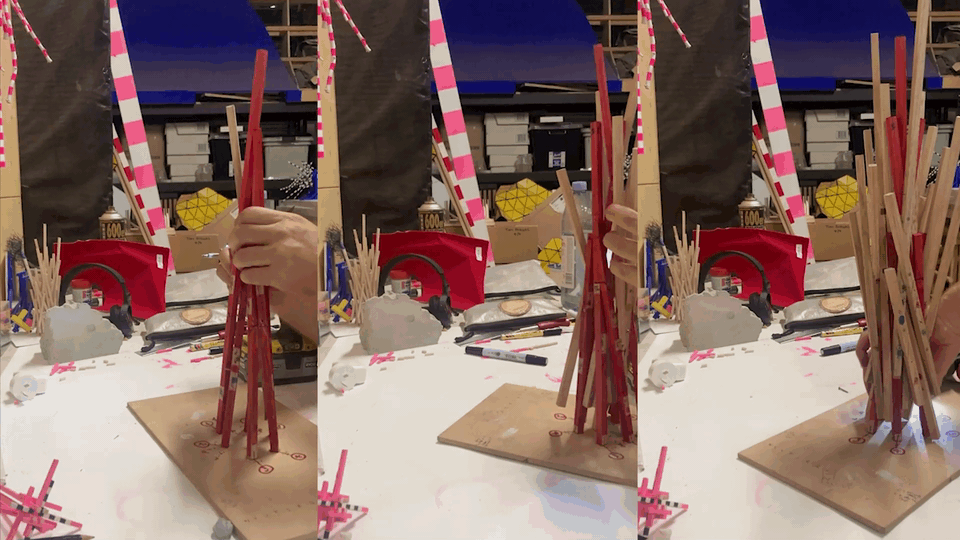





IndustrialViz
A bit of Product Visualization as well.
